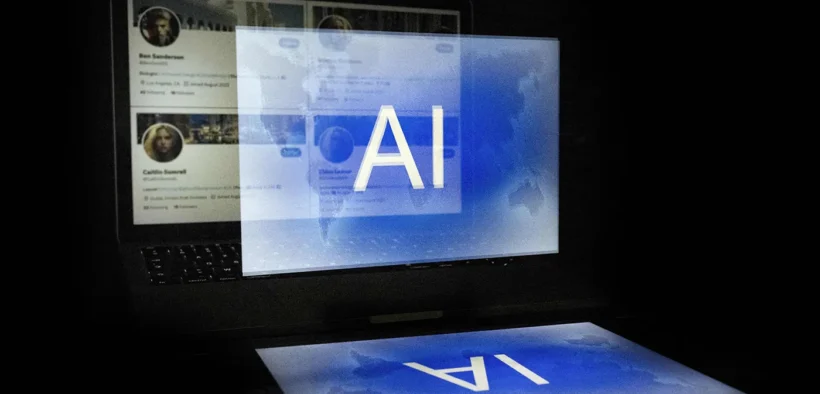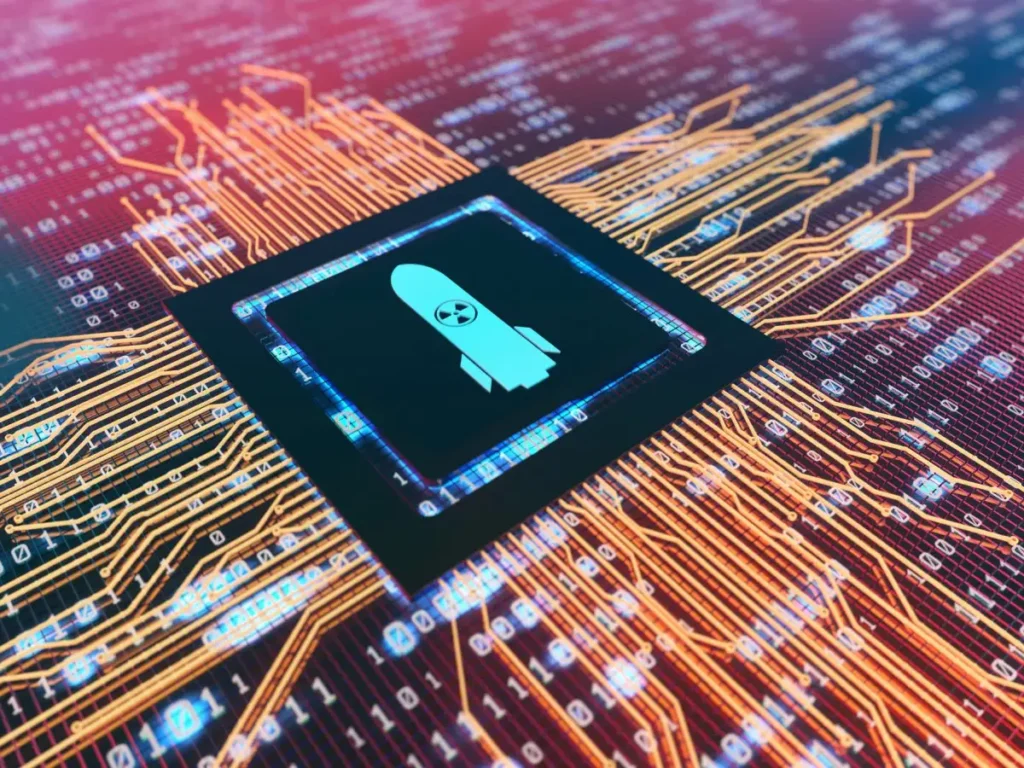AI Negotiators: Could Artificial Intelligence Help Secure Peace?
Share

Some models are already being used to support Ukraine war talks.
In today’s world of drawn-out wars and shifting global alliances, negotiators face increasingly complex and high-stakes challenges. The constant political maneuvering makes it difficult for even veteran diplomats to keep up with the changing expectations of their superiors. Artificial intelligence (AI) might soon become a powerful tool in the hands of peace brokers.
Some of the most advanced AI projects are already in development. One such initiative, called Strategic Headwinds, is designed to assist Western diplomats in negotiations over the war in Ukraine. The project began under the Biden administration, with input from the White House’s National Security Council (NSC), and is run by the Centre for Strategic and International Studies (CSIS), a Washington-based think tank. With peace talks gaining momentum, the pace of development has accelerated, and other institutions are exploring similar solutions.
At the heart of the CSIS effort is the Futures Lab, which built an AI language model using software from San Francisco-based Scale AI and trained it on custom datasets. The lab created a strategy game called Hetman’s Shadow, simulating negotiations among Russia, Ukraine, and their allies. Data from 45 expert players of the game was combined with media analyses, expert questionnaires on negotiation trade-offs, and a database of 374 peace deals and ceasefires.
The result: the Ukraine-Russia Peace Agreement Simulator, launched in February. Users can input preferred outcomes across four categories—territory and sovereignty, security, justice and accountability, and economics—and receive a proposed draft agreement. The simulator scores each element based on how likely it is to be acceptable, negotiable, or rejected by Ukraine, Russia, the U.S., and Europe. While government negotiators have full access, the public can use a limited online dashboard version.
The Futures Lab is also developing AI “advisers”—bots modeled after real-world leaders. For example, “Xibot,” trained on the speeches and writings of Chinese President Xi Jinping, helps predict how he might react in different scenarios. Other bots emulate the strategic styles of George Patton, Genghis Khan, and Sun Tzu, offering creative, if unconventional, perspectives for diplomats.
Britain’s Foreign Office is backing an even more ambitious AI project at the University of California, Berkeley. There, researchers are training a model on decades of NSC documents to create an AI adviser capable of mimicking a wide range of American policy voices. Project leader Andrew Reddie says the aim is to support negotiators with historically grounded talking points across diverse political perspectives.
One London-based negotiator, who asked to remain anonymous, said the demand for these tools is high. “When talks are happening behind closed doors, there’s often no time to check back with leadership,” she explained. AI could speed up the process, help identify sticking points early, and even offer insights into the mindset of hostile or unfamiliar opponents.
Still, AI diplomats are far from perfect. Testing by the Futures Lab revealed that some models are overly aggressive. For instance, Meta’s Llama opted to use force in 45% of simulated runs, while other models, like GPT-4, were overly cautious—leaning toward “Obama-style” diplomacy, according to Stanford’s Jacquelyn Schneider. Her team tracks how different AI systems handle war-game negotiations and regularly briefs U.S. lawmakers.
Better models may emerge from projects like DARPA’s CODORD, which aims to convert natural-language descriptions of acceptable and unacceptable behavior into machine-readable code—helping AI agents better reflect the intent of their human overseers.
Next, the Futures Lab plans to integrate game theory into its Ukraine simulator. While language models work by pattern recognition, game theory adds strategic reasoning based on stakeholders’ goals, influence, and likely actions. One planned module, Competition in the Shadow of Technology, calculates the optimal moment to reveal secret military capabilities for maximum negotiating leverage.
Another game-theory tool under consideration is the Predictioneer’s Game, developed by political scientist Bruce Bueno de Mesquita. His model has been used by the CIA and Pentagon in past negotiations and correctly predicted in 2023 that Ukraine peace talks would begin in early 2025. It also forecast shifts in Israel’s military posture in Gaza following the deaths of two Hamas leaders in 2024. Bueno de Mesquita now plans to publish the model’s equations publicly.
Experts like Rose Gottemoeller, the U.S. lead negotiator for the New START nuclear treaty, see this as a transformative moment. “AI’s potential to reshape diplomacy is really remarkable,” she says. If current trends continue, AI systems may not just assist in negotiations—they may one day lead them.
Whether humans will still have a meaningful role at the table remains to be seen.
